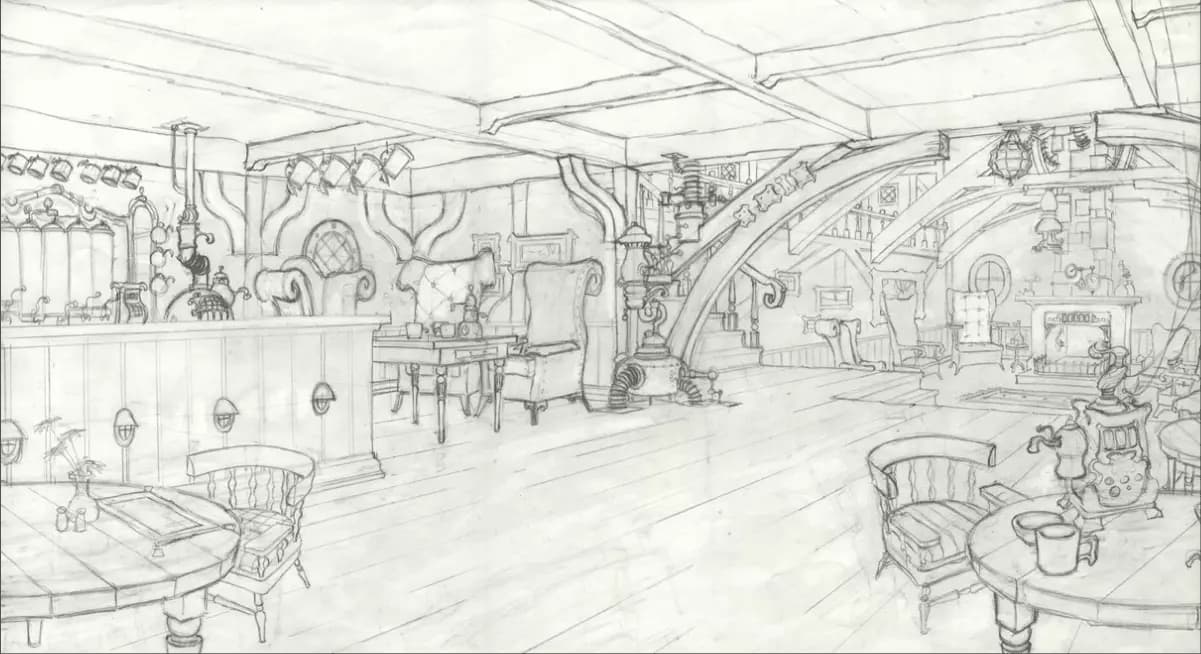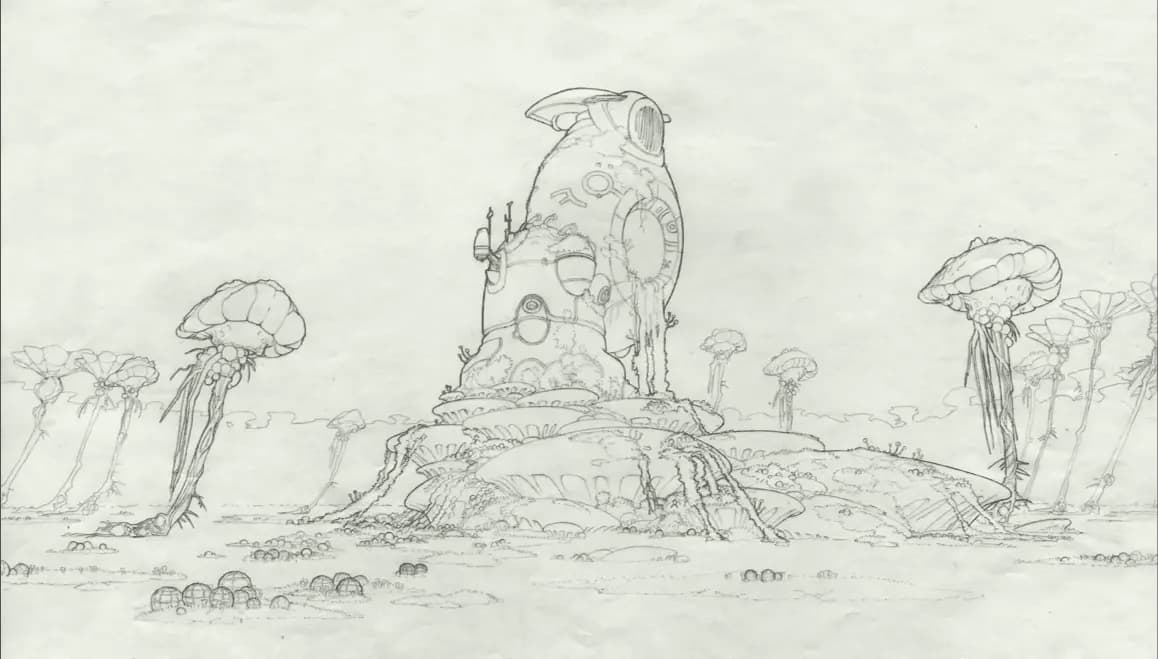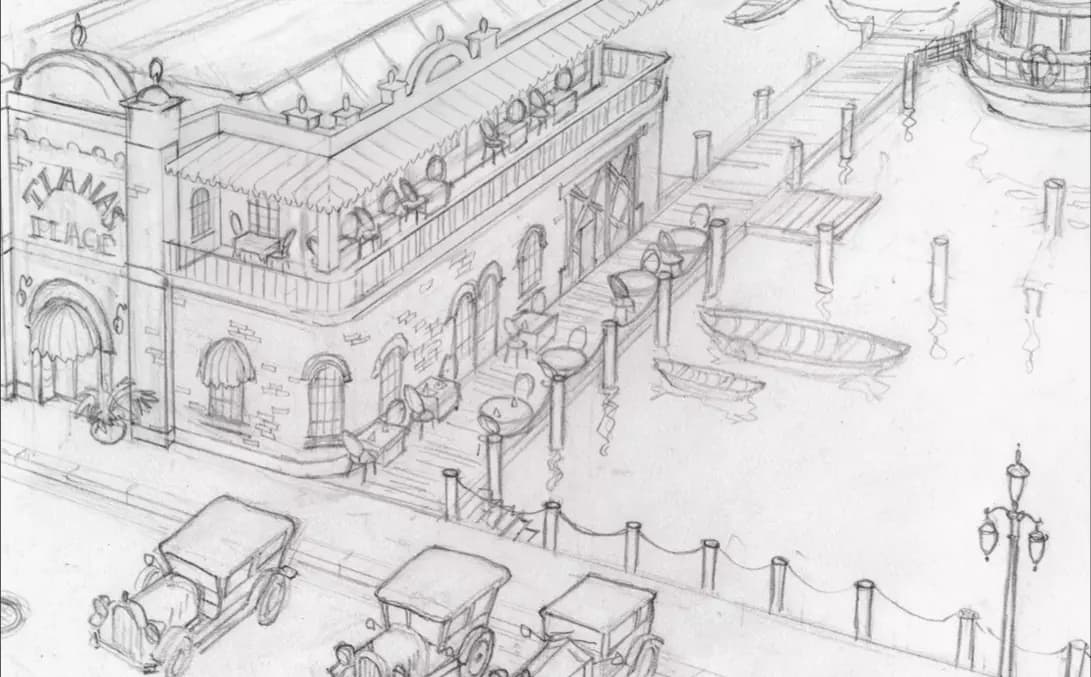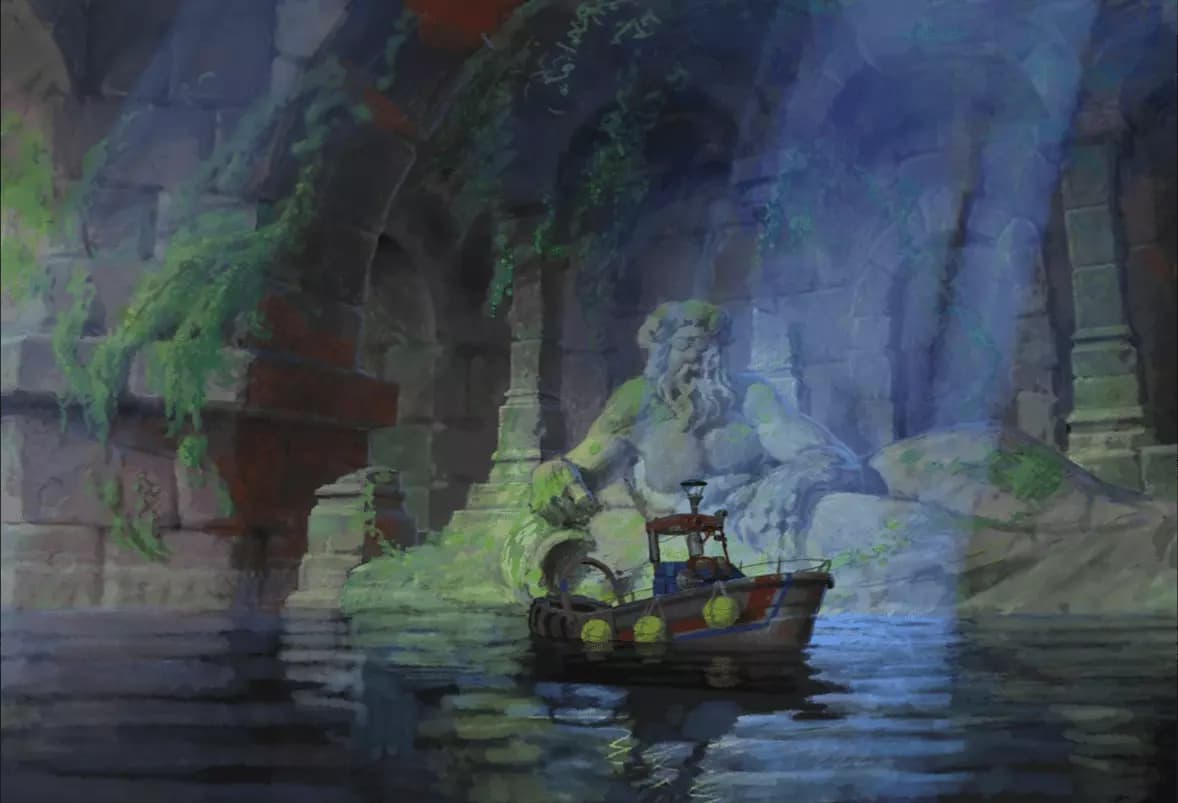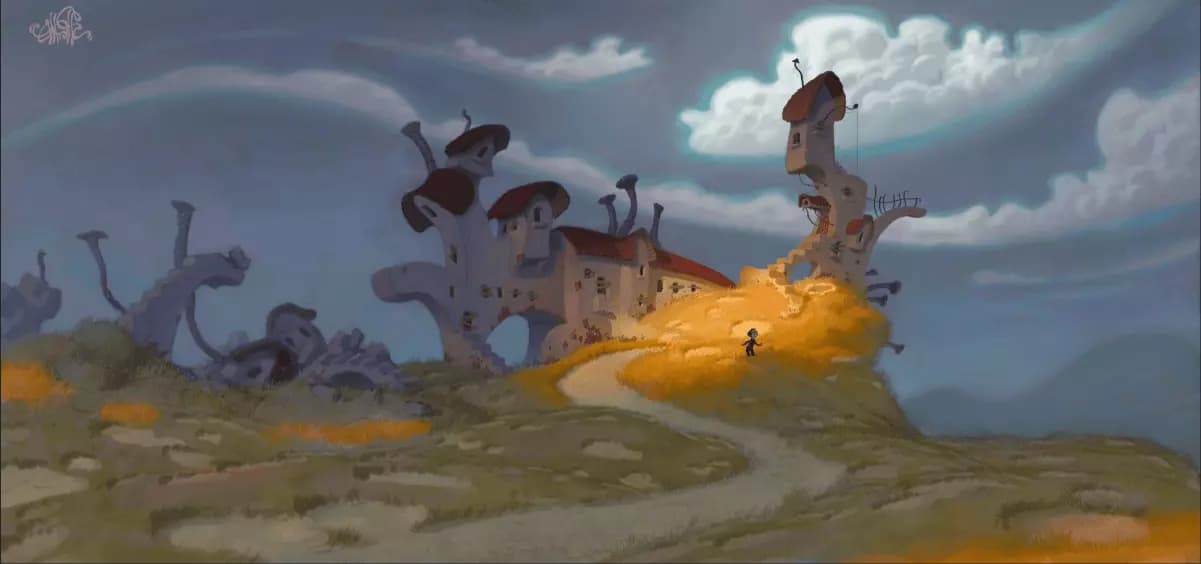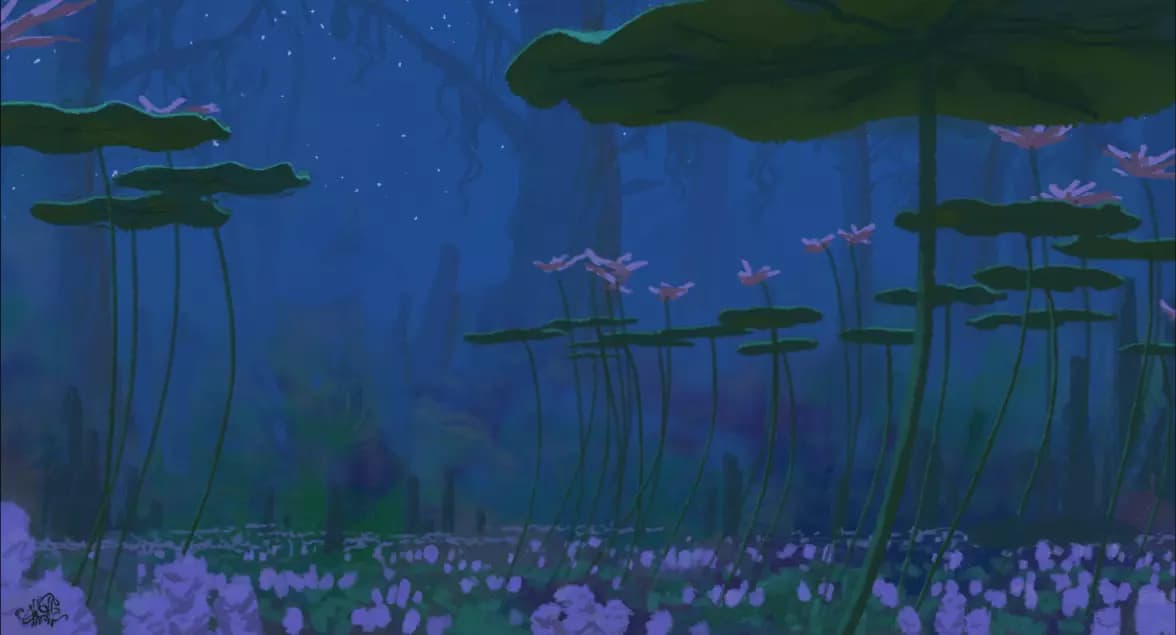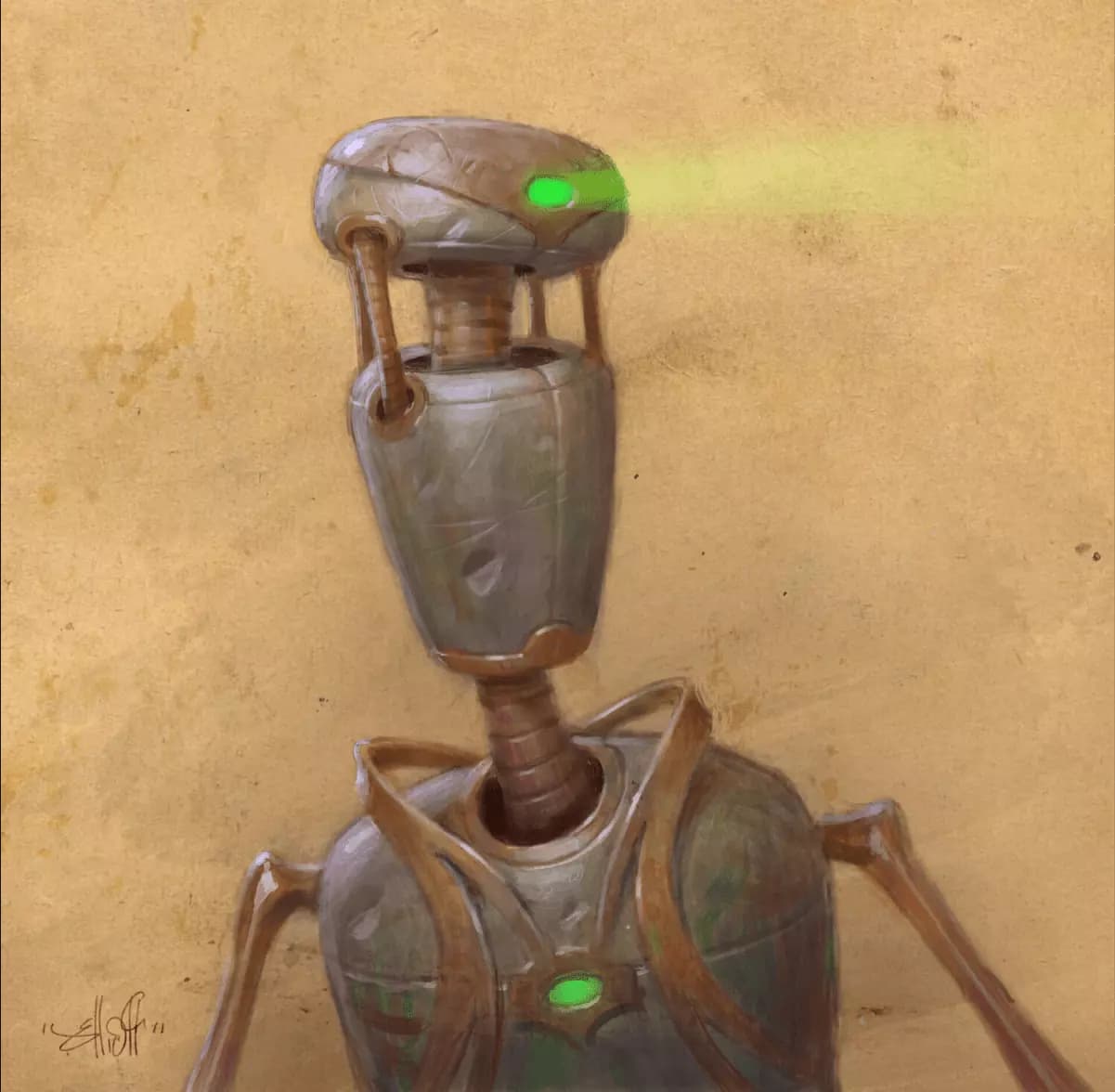
Laureano Grisotto
Strategist
Writer
Creative Director
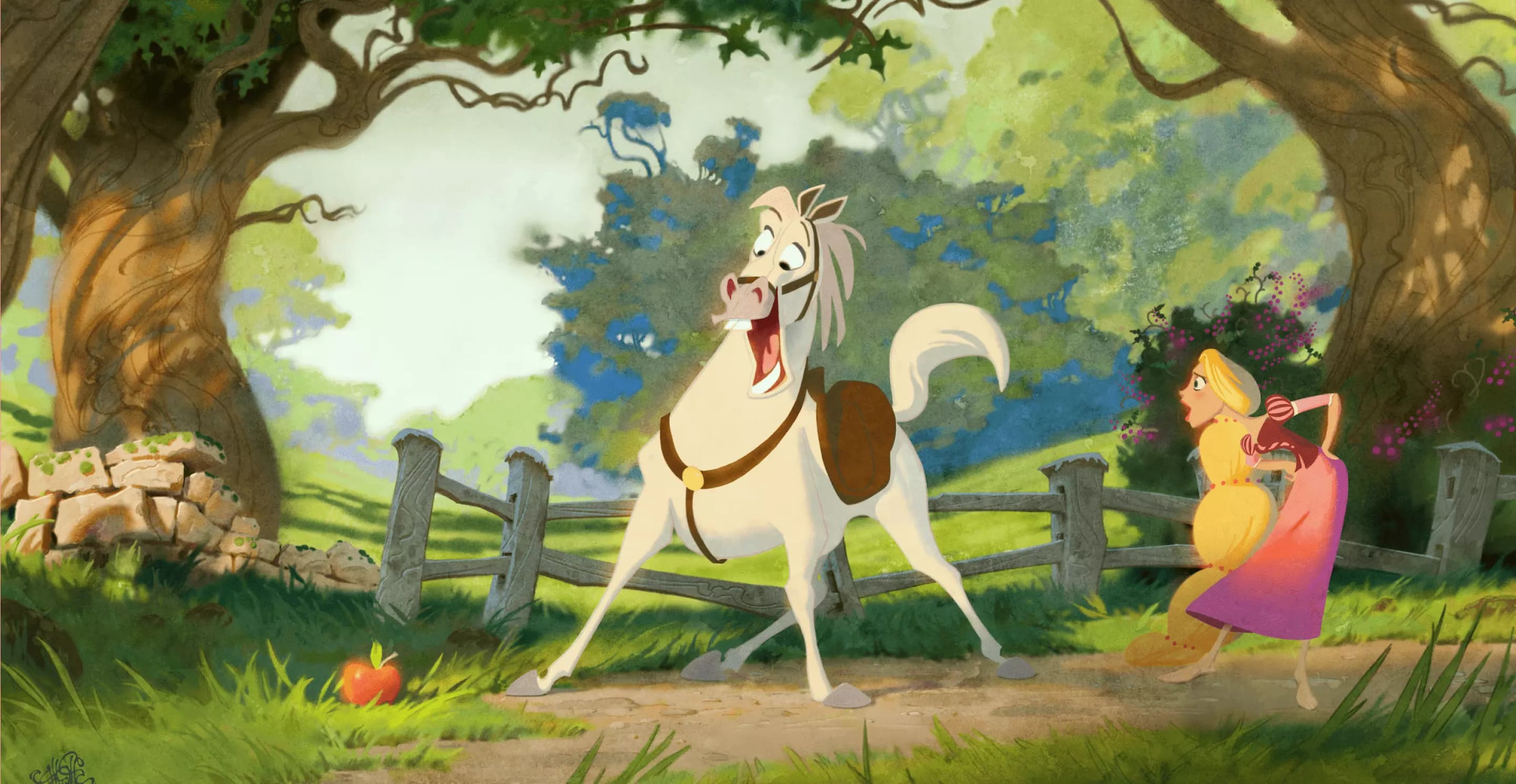
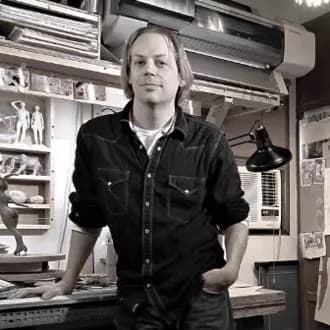
An Artist, Illustrator, Production Designer, Teacher, Multi-faceted Creator
Craig Elliott: I developed my love for drawing when I was very young as I drew with my grandfather when I was a child. I was merely four or six years old, I learned perspective from PBS()and even sculpted, painted, and built dioramas with human and creature figures with my newly acquired skills as a child.
Even though these activities were just hobbies and I never took art classes until my Junior year in High School. My High School Art teacher(Gary Post) was the one who told me and my mom that I should go to College for the Arts and become an artist. I can say I never really thought about what my future would be, I just was myself, and did what I wanted to do. I’m glad it worked out!
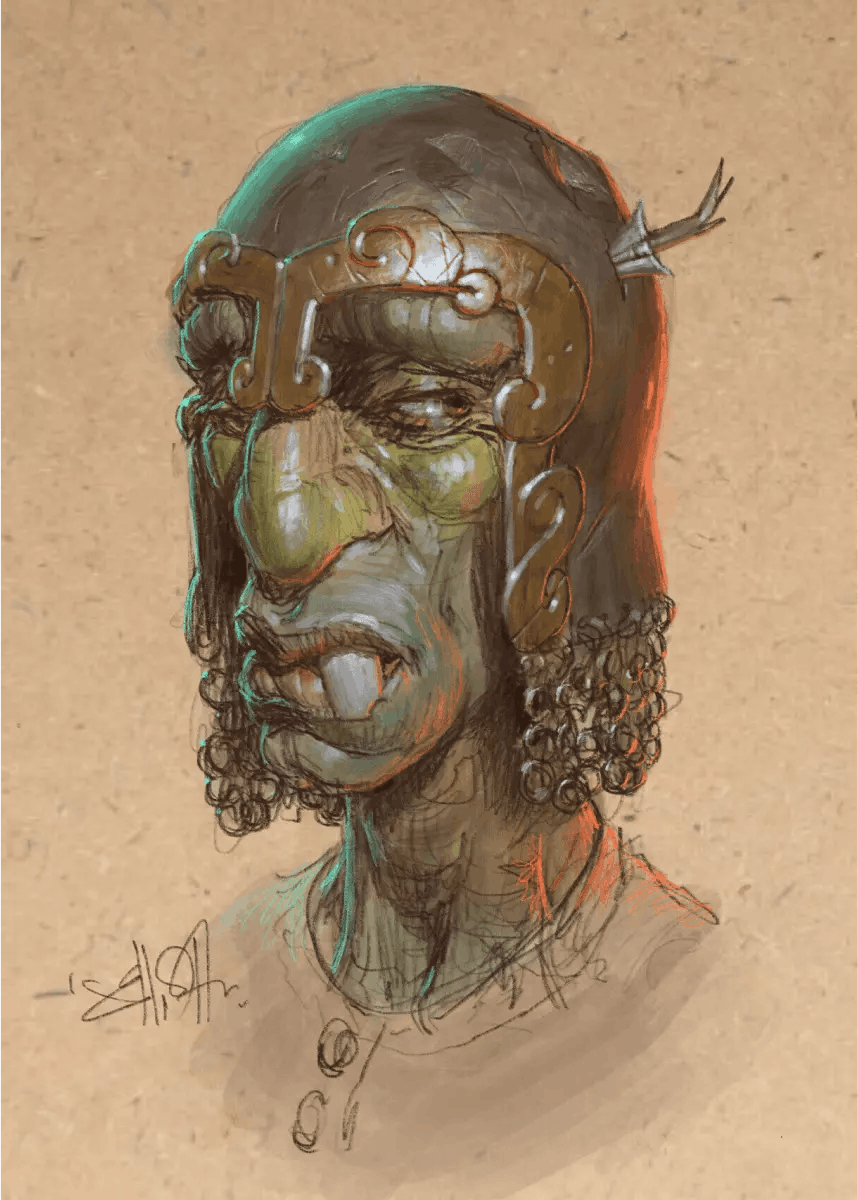
Craig Elliott: I would have to say that they are interlinked. I create and design paintings, drawings, jewelry forged metal, woodwork, architecture, instruments, sculpture, landscape design, and glassblowing. I would say that these activities offer an outlet for my creative expression. People say that it is obvious that these different artistic creations have my signature when they see them. I am usually surprised by that, but it makes sense.
My taste in color choices, the way compositions feel, flow, and are structured, and my choice of subject matter is probably displayed in everything I create. The world often discourages people from exploring various fields, demanding that one hone skills and stick to just one or maybe two areas.
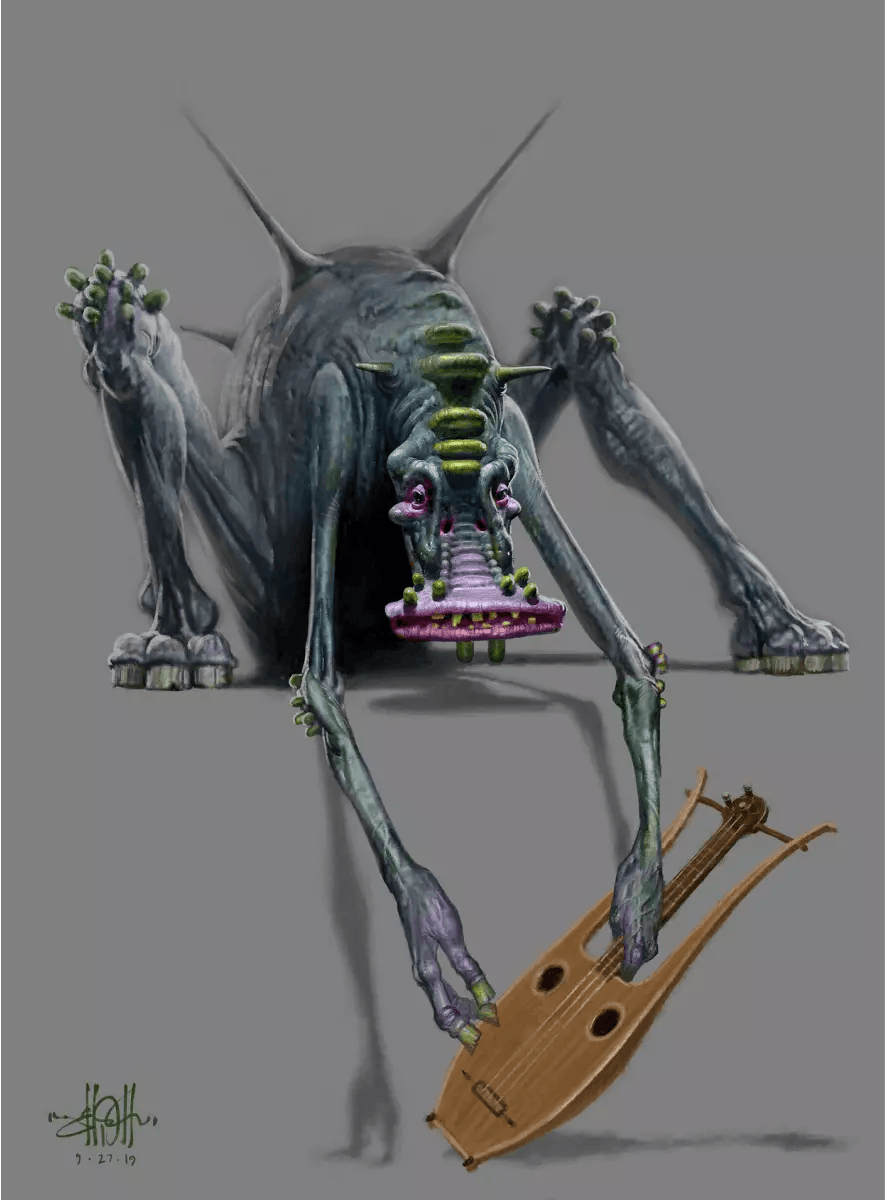
Craig Elliott: I think I have developed so many skills because I have an endless stream of ideas. I have drawn designs featuring all sorts of objects and artworks that I did not have the skill to create at the time. I have slowly built the skills and tools needed to create the art pieces that I have designed over the years.
I feel frustrated when I can’t visualize my designs and learning several skills has just been a way to alleviate my frustration in essence. I get so excited and want to see and experience the idea I have in my head as a real object that is brought to life in the real world. That is how I experience true inspiration.
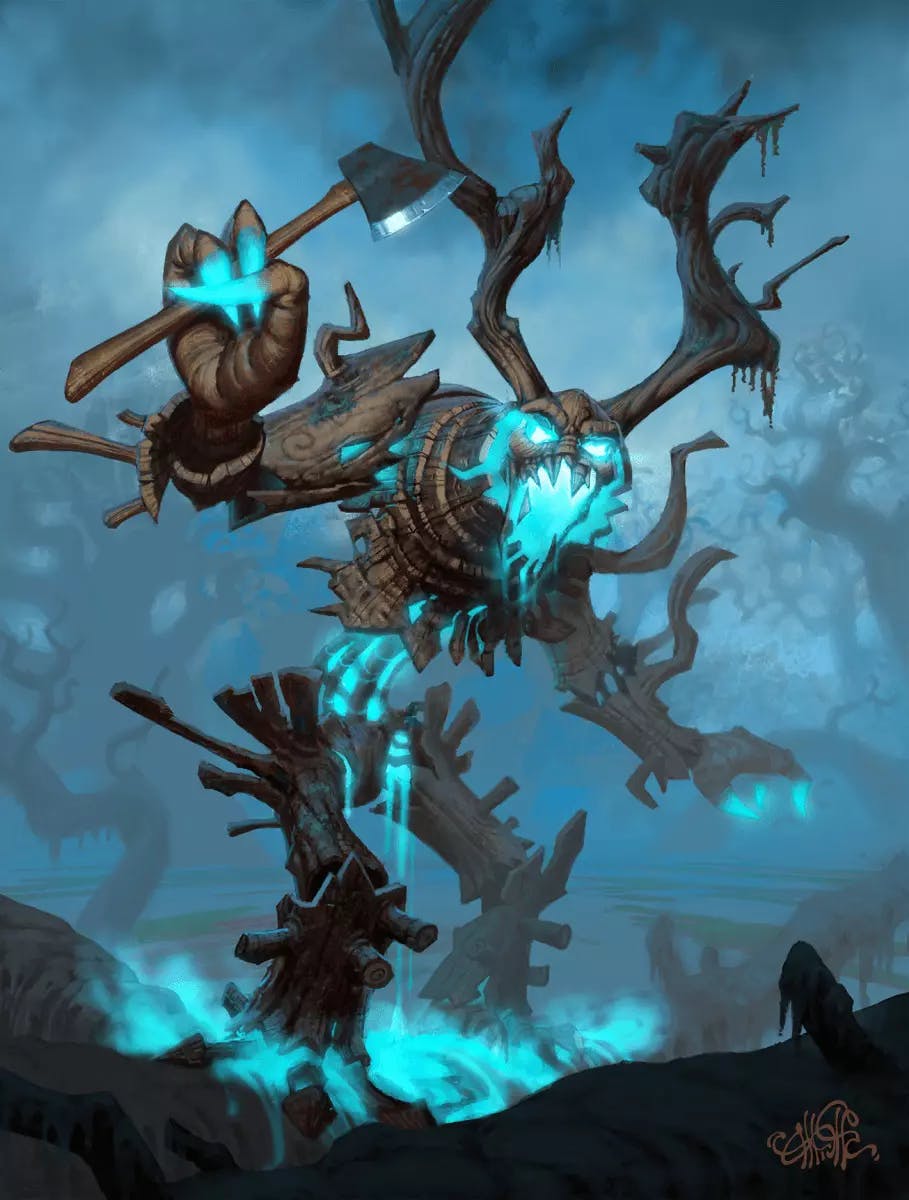
Craig Elliott: I tend to use the skills I have learned and the research skills I have acquired over time when I am designing the style and looking for a film, or a part of a painting. For example, my skill in metalworking and engineering are helping me design the armor worn by an elf in a painting that is currently in development.
I can make a believably functional suit of armor thanks to my ability and knowledge acquired in the making of real objects. Also, I love seeing how the different aspects of my experience come across in my life. I still get excited to learn new things, but always have a sneaking worry in the back of my head that I will run out of things to learn someday!
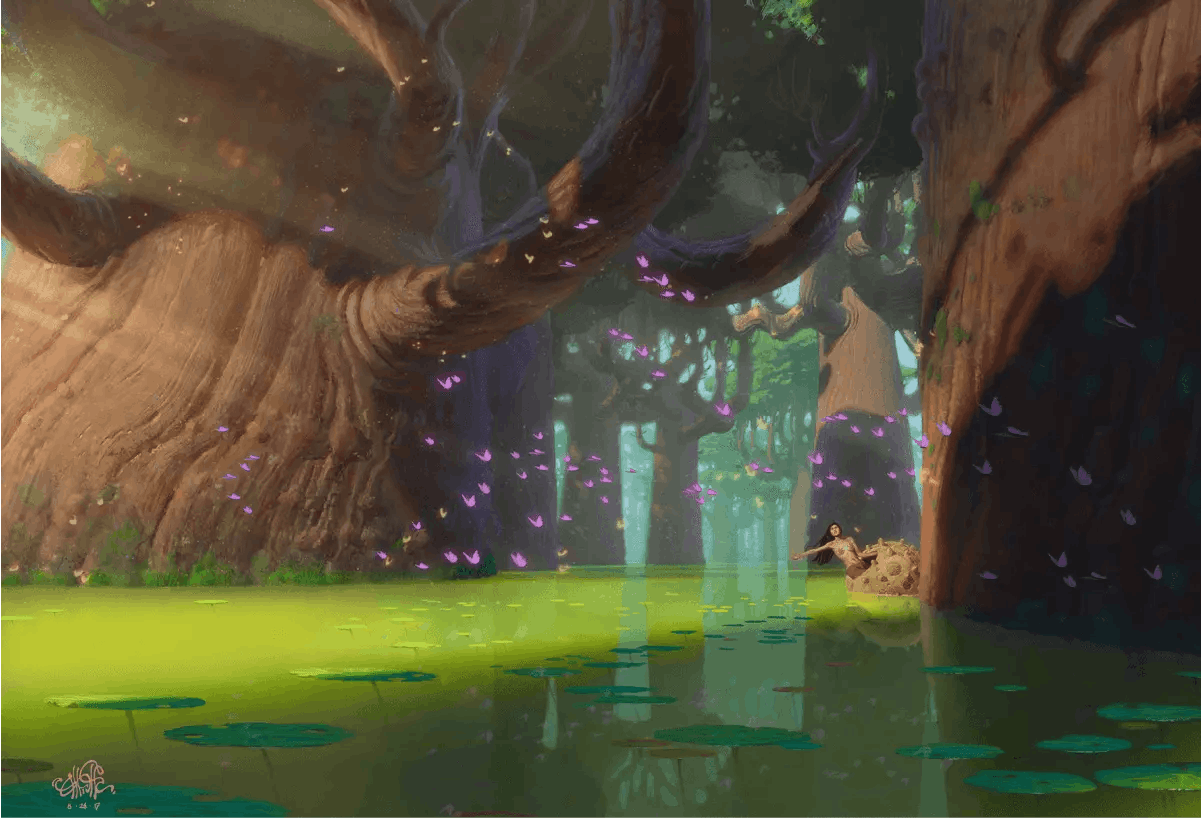
Craig Elliott: There are a great many factors that I consider while creating a conceptual design. The story is the main driving factor and the place I look first for clues as to what to consider when making a design. I usually start by looking for what kinds of emotions are present in the story at the moment I am designing. If there are not any obvious clues, I do my best to construct an emotionally compelling image that fits with what the director might expect the viewer to feel at that moment.
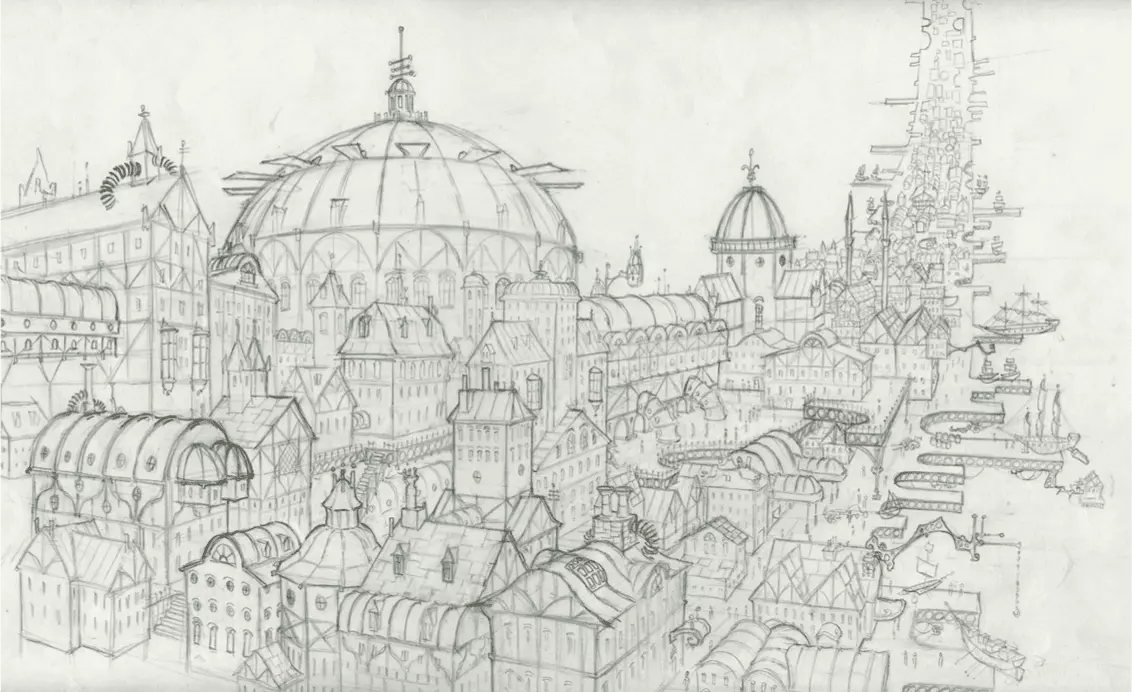
From there, the colors, composition, character expression, and style all serve to express the emotion of the moment. Another major factor in design is research. Sometimes there are specific times or cultures that the design must feel to be in. In this case, I use archaeology, other artists’ interpretations, photos, or whatever resource is available.
There is a lot of scientific investigation that can go on behind the scenes. For example, at Sony Pictures Animation I was a production designer on a film that took place in the Holy Land during the time Jesus lived. In my research, I found that the area was much greener and wetter, and had trees and plants similar to Lebanon.
This made the film more accurate and lush than what most people would expect, given the common perception of the area as a desert. Other times I need to create all of these cultures and places from scratch aka my imagination. In that case, I start from whatever clues the story and the director can give me on what the culture was like, and choose the shapes and styles of the objects in that culture to express the aspects of that culture effectively on paper.
Craig Elliott: I prefer to use oil paints as opposed to other mediums for fine art creations. As I can get the desired effects effectively, and adore the lusciousness of the colors and dimension that the paint adds to my creations.
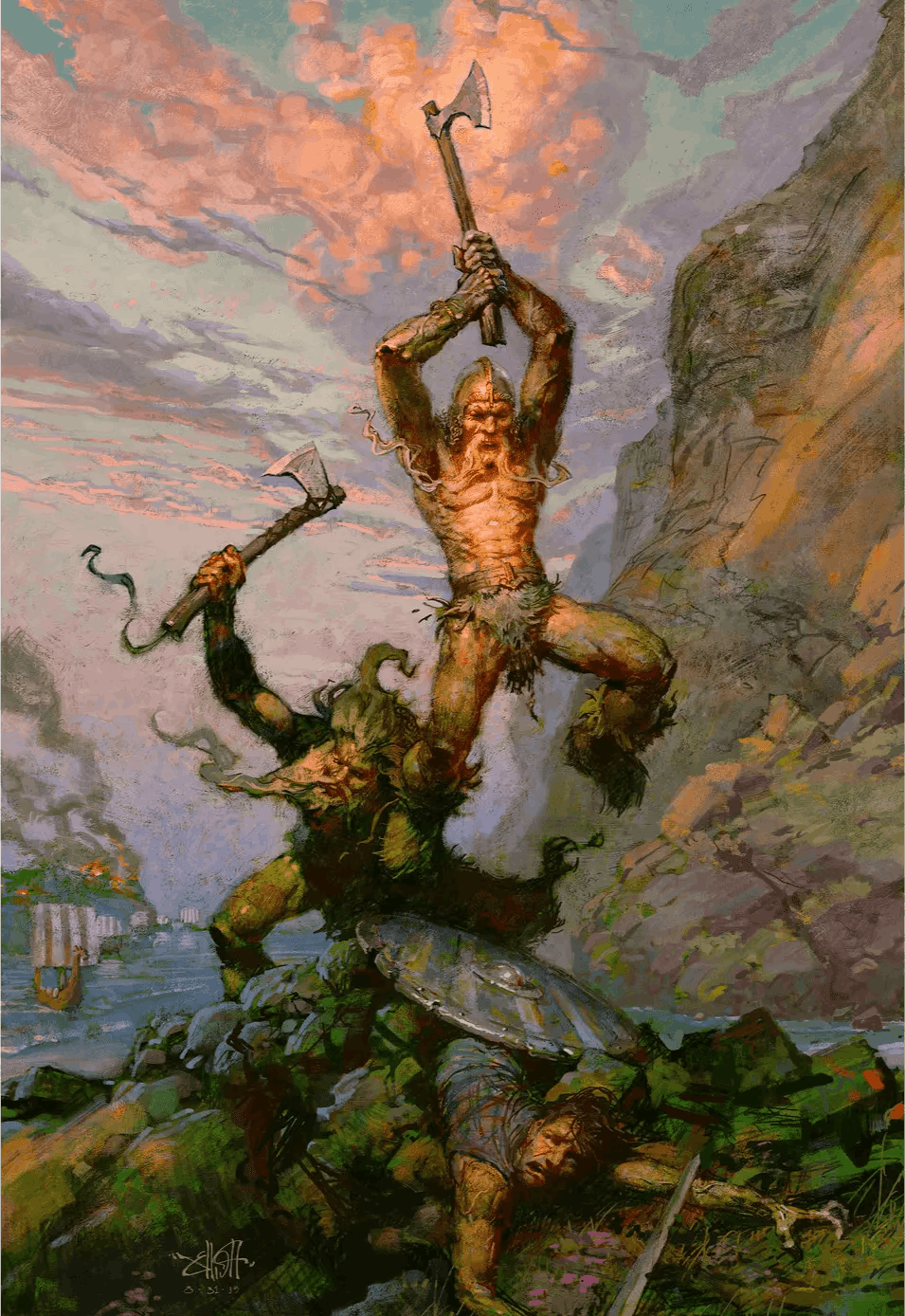
Craig Elliott: Composition and color are in service of the emotion I intend to express with the piece I am creating. Colors and shapes can affect mood in so many different ways. They can make your heart race, and make you feel fearful or joyful. These are the real tools of the artist, not the brush or pencil.

Craig Elliott: These experiences are mostly defined by the people I have worked with. There are so many great people working in the industry who have inspired me and I have learned from them. Whether it is admiration from afar or specific advice I have been given, these people make the experience worthwhile.
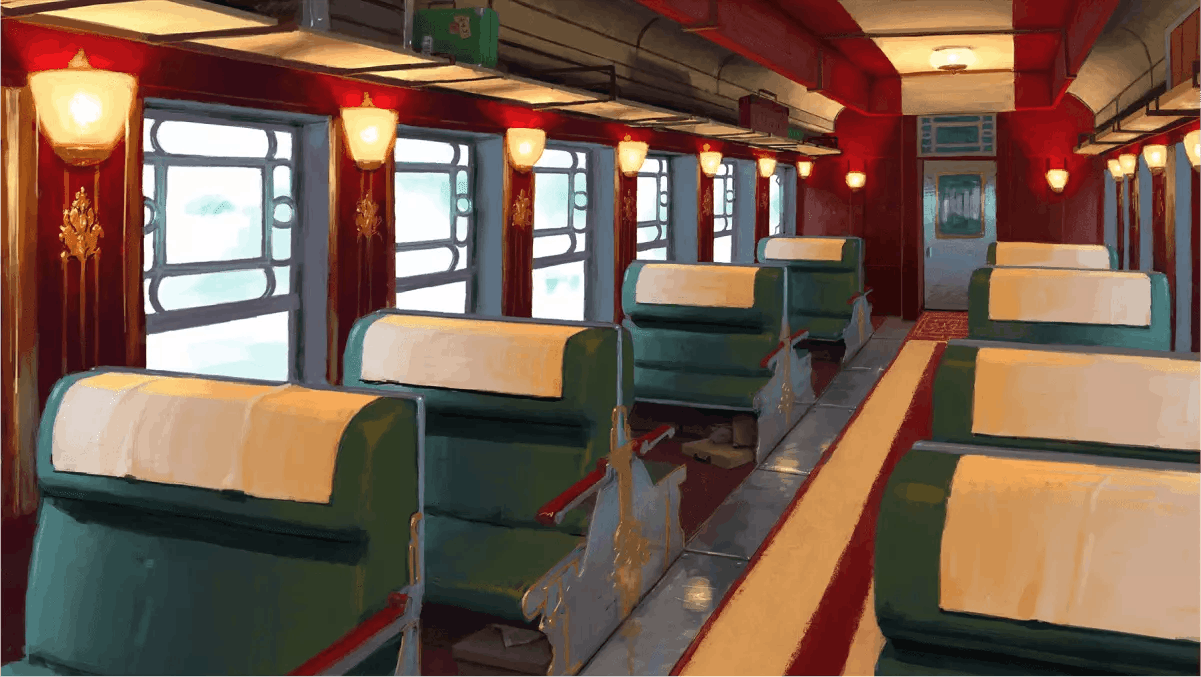
Craig Elliott: Both were pretty different experiences for me. “Princess and the Frog” was a more familiar experience. I had worked with the directors before on “Hercules” and “Treasure Planet”, and have always loved working with them. So in that way, it was a familiar and great experience. I always feel comfortable exploring and developing ideas with Ron Clements and John Musker. They both know how to work with artists!
Whereas working on “Enchanted” was quite different. I had never worked with the director before, though I knew him from Disney Feature Animation, as he had directed “Tarzan”. I never worked on Tarzan, but now wish I had, as I had a great time working with Director Kevin Lima. We were not working in the main animation building on “Enchanted”, but rather in a building across the street on the main Disney lot, on the same floor as the “Lost” television show. It was odd working on a Disney film but being off to the side like that, but it was fun too.
We did most of the design phase there, and then we started production work in downtown Pasadena at James Baxter’s studio. The director moved to New York to film the live-action portion of the film, and at the same time, we moved to Pasadena, so the feel of the work was quite different. It was almost like working on two different films at the same time.
Craig Elliott: I think I still love working on “Treasure Planet” the most. I got to work with my favorite directors, and with a lot of people I knew and found them inspiring and talented. The work I did was so great because I got to invent entire cultures, biomes, and planets in the process. It was a great challenge, but so rewarding in the end.
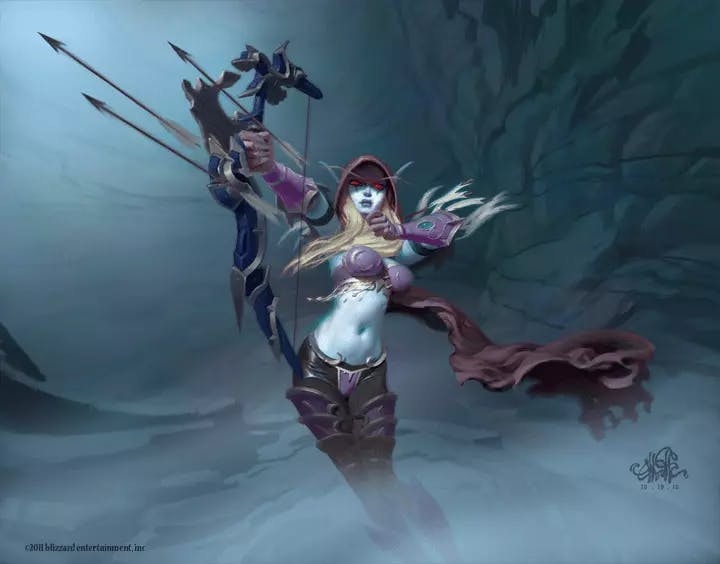
Craig Elliott: I have done a lot of teaching and mentoring and I can say that if you have the desire to be an artist, you can do it. Everyone gets discouraged and confused from time to time. Having faith in your ability and sticking to it as it is more powerful than any kind of ephemeral concept like ‘talent’.

The most successful artists I have trained, are the most consistent and hard-working ones, that are interested in the art itself, not whatever fame or notoriety that might come their way from being an artist.
